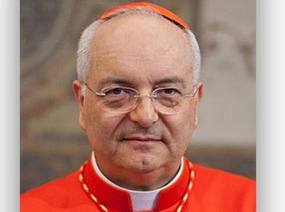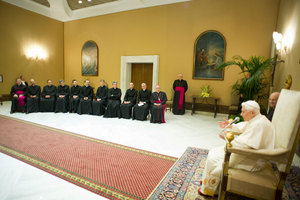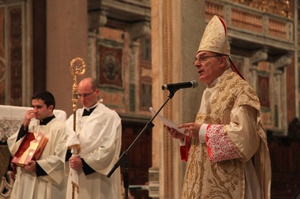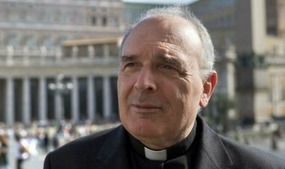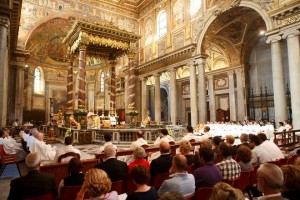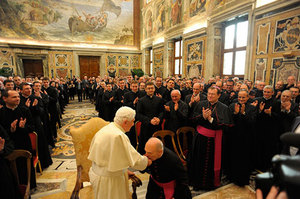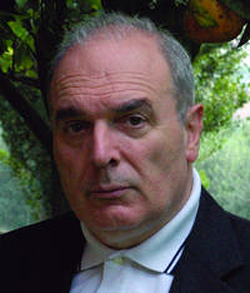Seminarians get a letter from Mauro Cardinal Piacenza, Prefect of Congregation for the Clergy for the feast of the Sacred Heart of Jesus, advocating the need for the daily dialogue –the salvific meeting (an encounter)– with the Lord which builds a beautiful edifice of life and love.
The cardinal highlights Pope Francis’ idea that in the priestly life there is a primacy of grace: a joy of bearing the cross of Jesus Christ, without which the priest is a mere functionary, not a disciple following a path cut out by the Lord –and, today, the Church– that is certain and life-giving. Only in the cross do we see the self-giving nature of God the Son; the lack of an embrace of the cross contributes to worldliness, secularism, the primacy of the self as the measure of all things.
Highlighted, too, is the faithfulness and thus dependence upon the proven tools of the spiritual life: silence, discernment, sacraments, spiritual direction, human and theological formation. Of course, all this demands that the formators in seminaries aren’t dysfunctional and ideological.
For more about the formation of men to be priests is a book written by the Most Reverend Massimo Camisasca, FSCB, The Challenge of Fatherhood (Human Adventure Books).
On the solemnity of the Most Sacred Heart of Jesus, we celebrate most significantly the day for the sanctification of priests and, as you are in the Seminary to respond in the most fitting way possible to your vocation, it is important for me to send you this letter, with great affection, so that you may feel involved and, as such, remember this important occasion.
